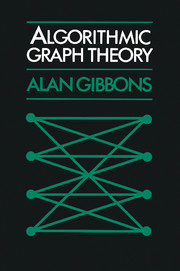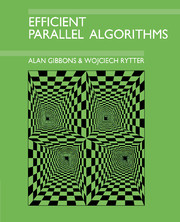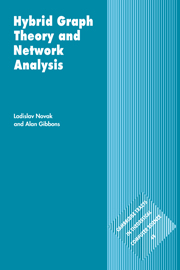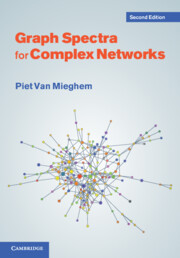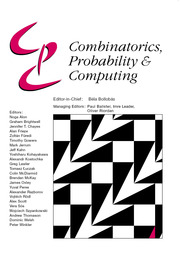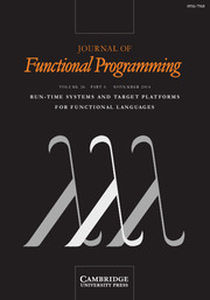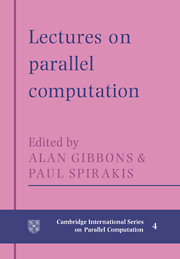Algorithmic Graph Theory
This is a textbook on graph theory, especially suitable for computer scientists but also suitable for mathematicians with an interest in computational complexity. Although it introduces most of the classical concepts of pure and applied graph theory (spanning trees, connectivity, genus, colourability, flows in networks, matchings and traversals) and covers many of the major classical theorems, the emphasis is on algorithms and thier complexity: which graph problems have known efficient solutions and which are intractable. For the intractable problems a number of efficient approximation algorithms are included with known performance bounds. Informal use is made of a PASCAL-like programming language to describe the algorithms. A number of exercises and outlines of solutions are included to extend and motivate the material of the text.
Reviews & endorsements
'… the book covers a relatively large part of algorithmic graph theory. The theory presented is well motivated. I can conclude that the textbook is well written and for those interested in learning algorithmic graph theory, this is s good introduction.' Zentralblatt für Mathematik und ihre Grenzgebiete
'… this is a stimulating book for those who want to learn some basic algorithms of graph theory and who already know where to apply them … nice and thorough introduction.' European Journal of Operational Research
'Alan Gibbons' book … succeeds admirably.' The Times Higher Education Supplement
Product details
August 1985Paperback
9780521288811
272 pages
231 × 155 × 18 mm
0.42kg
Available
Table of Contents
- Preface
- 1. Introducing graphs and algorithmic complexity
- 2. Spanning-trees, branchings and connectivity
- 3. Planar graphs
- 4. Networks and flows
- 5. Matchings
- 6. Eulerian and Hamiltonian tours
- 7. Colouring graphs
- 8. Graph problems and intractability
- Appendix
- Author Index
- Subject Index.

